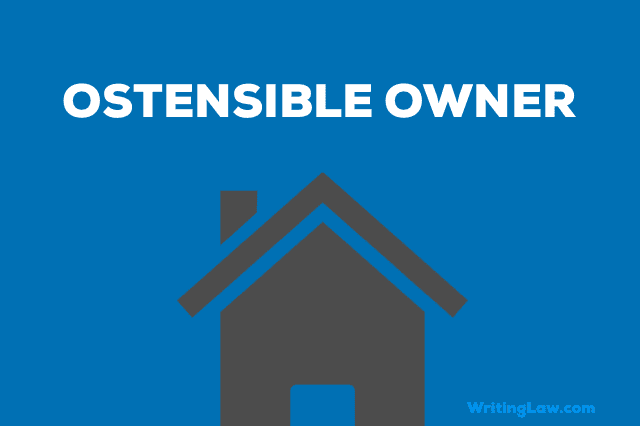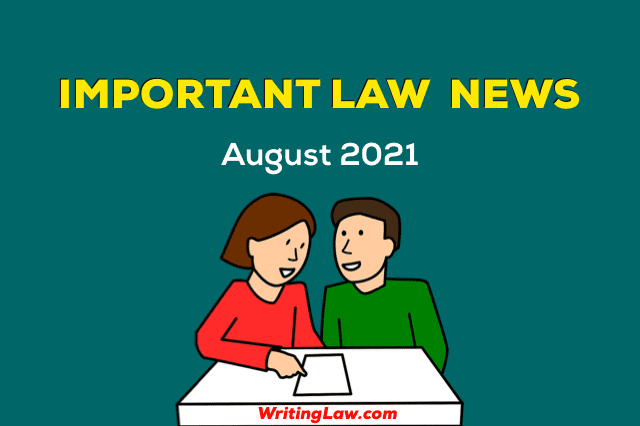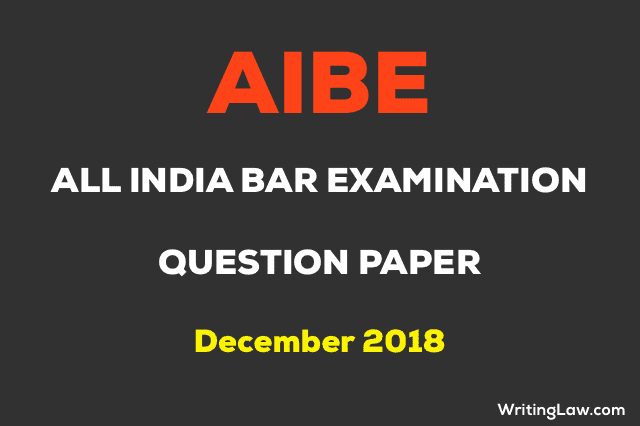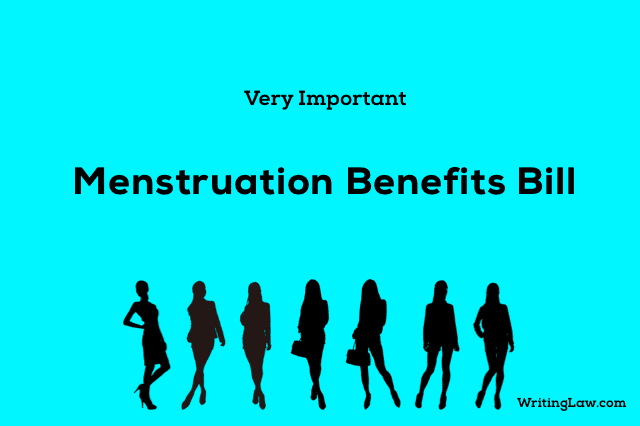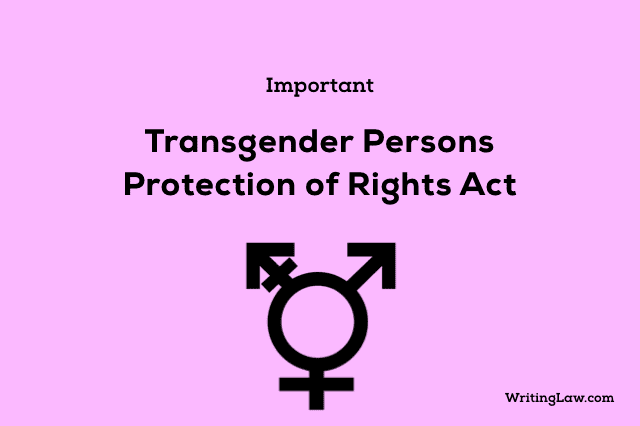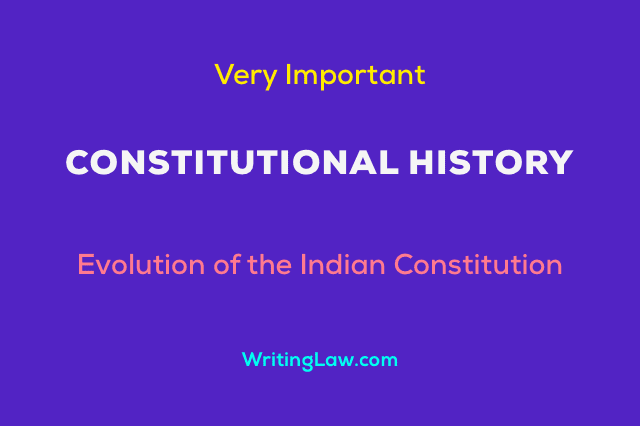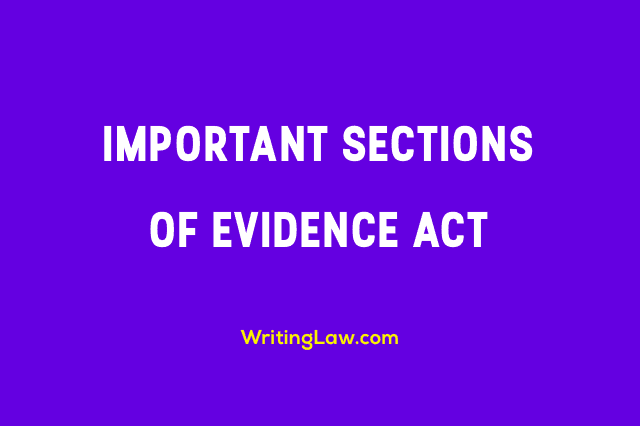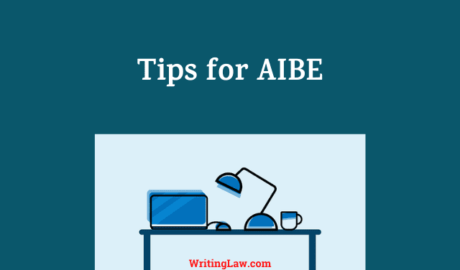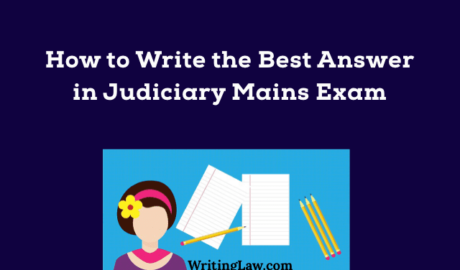Section 25 Contract Act
25. Agreement without consideration, void, unless it is in writing and registered or is a promise to compensate for something done or is a promise to pay a debt barred by limitation law. An agreement made without consideration is void, unless- (1) It is expressed in writing and registered under theRead…
